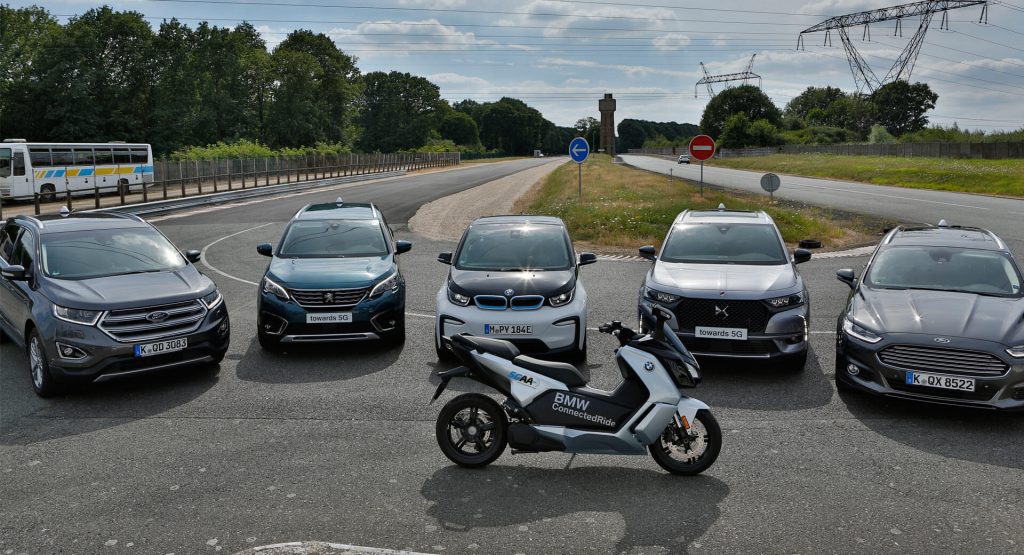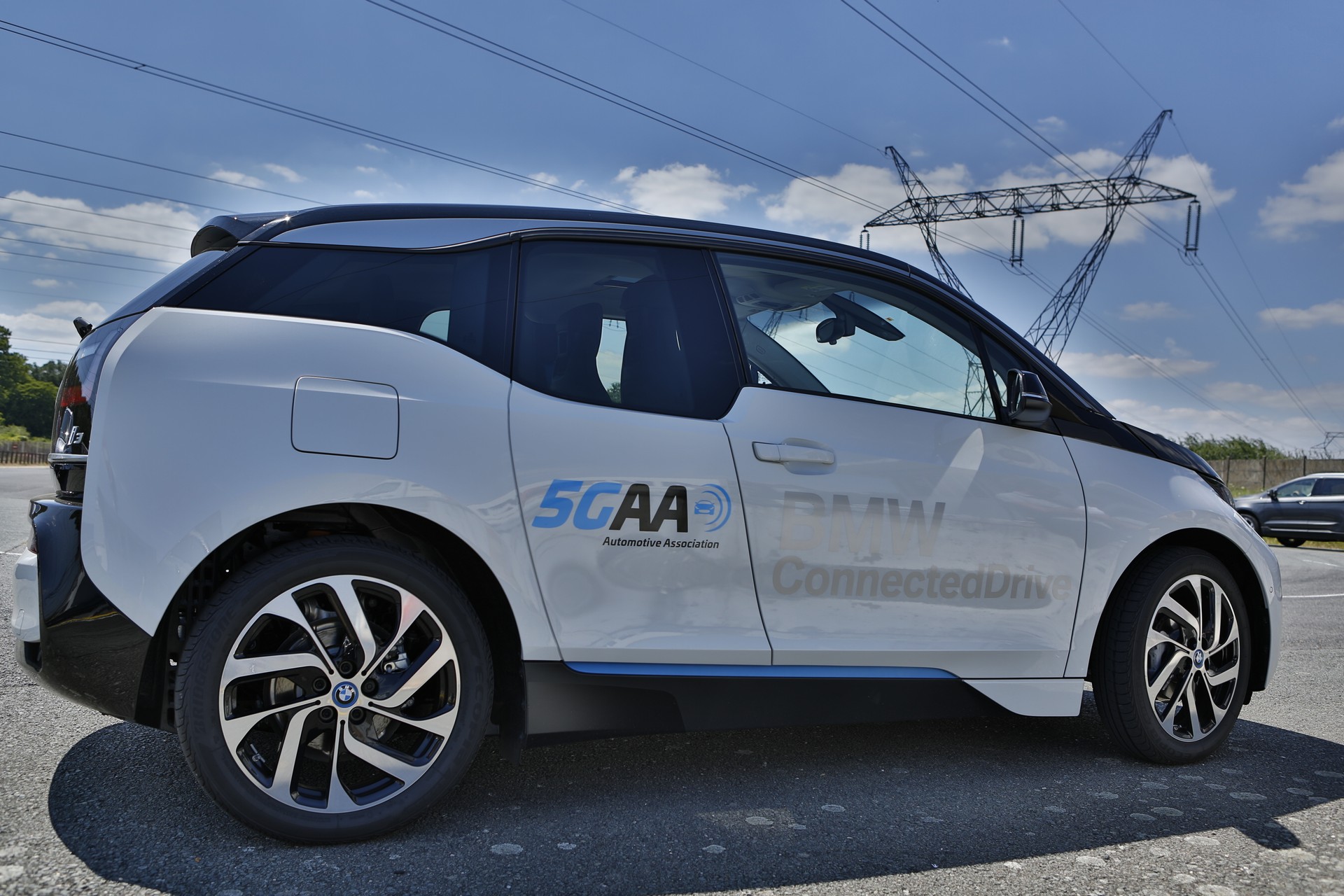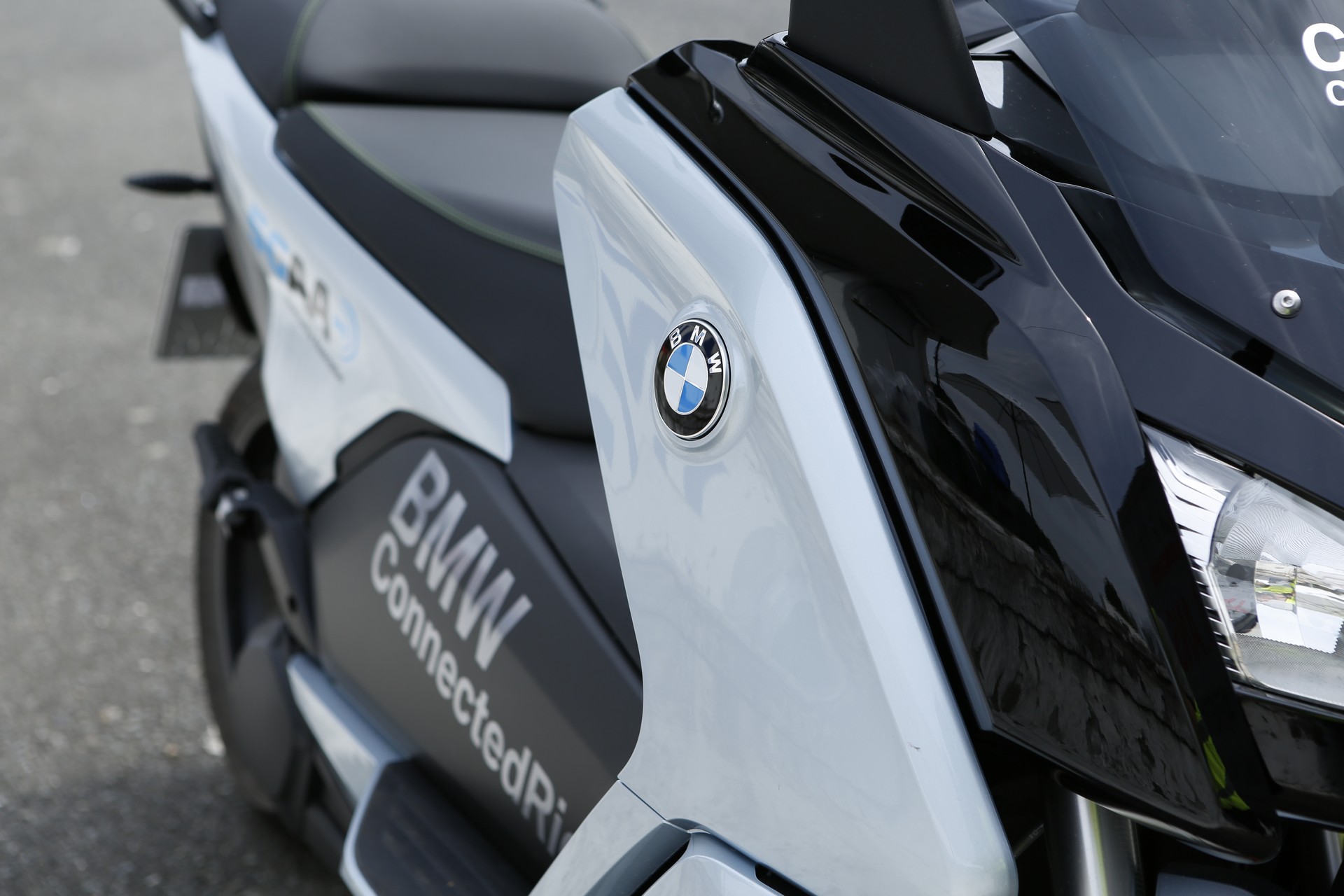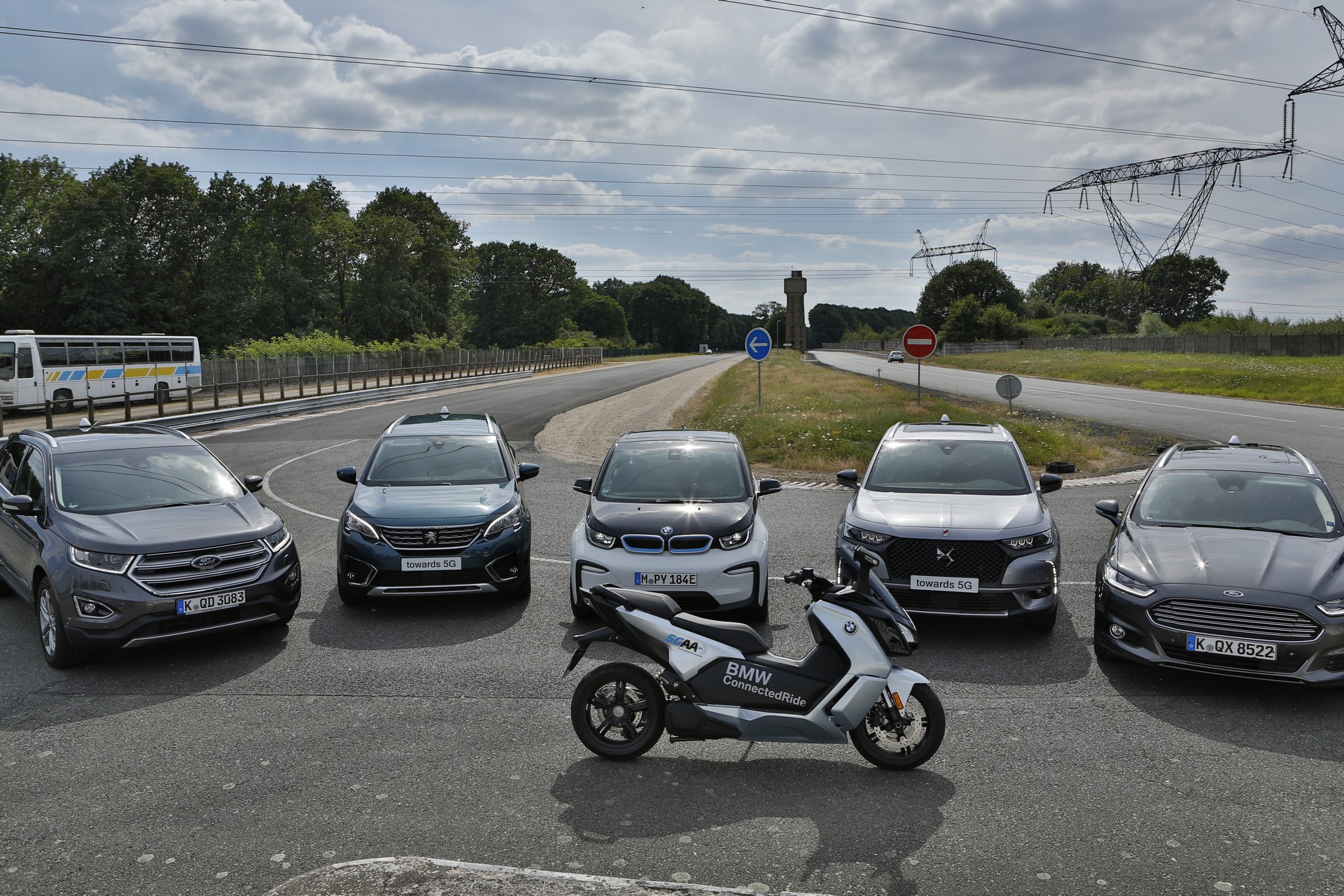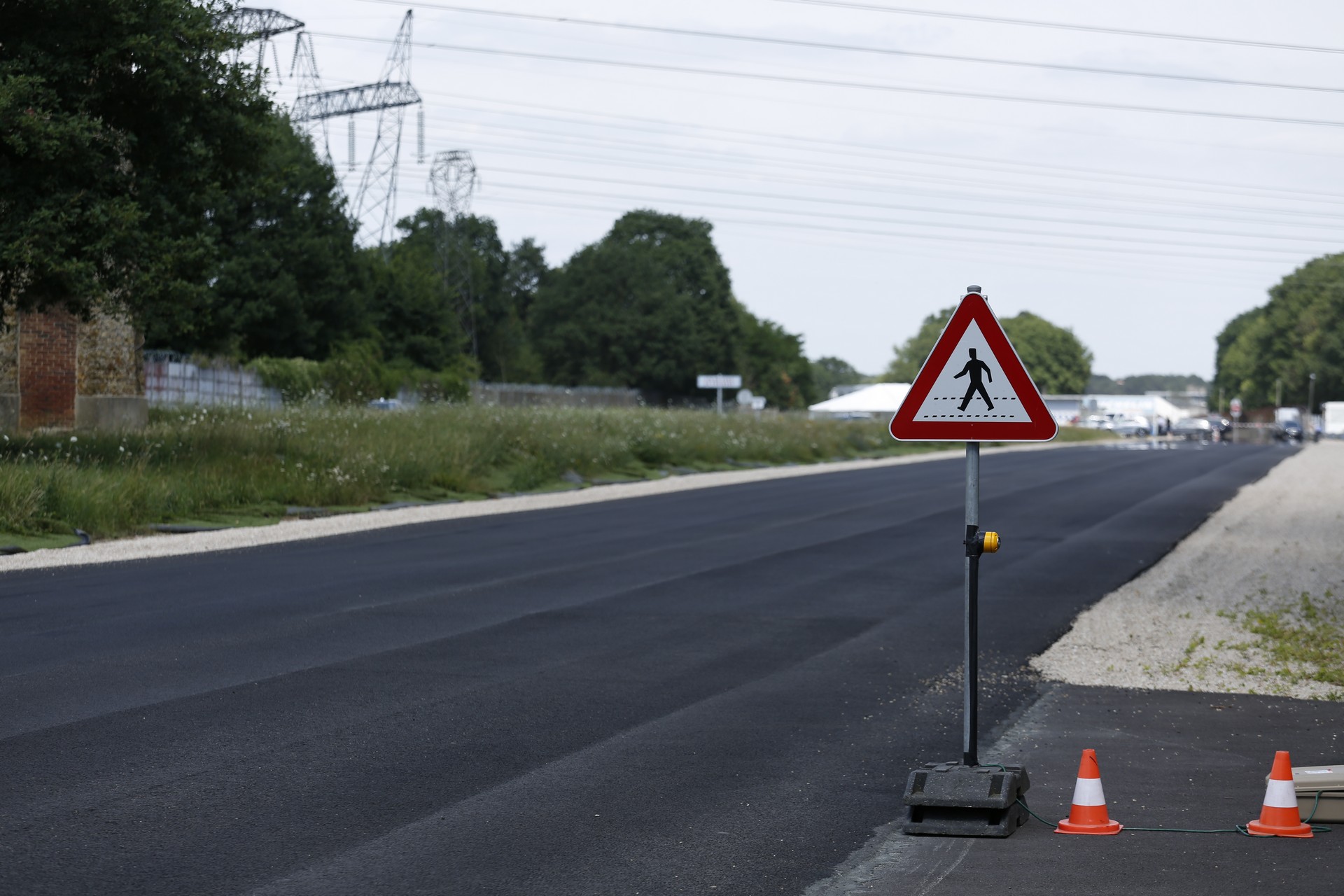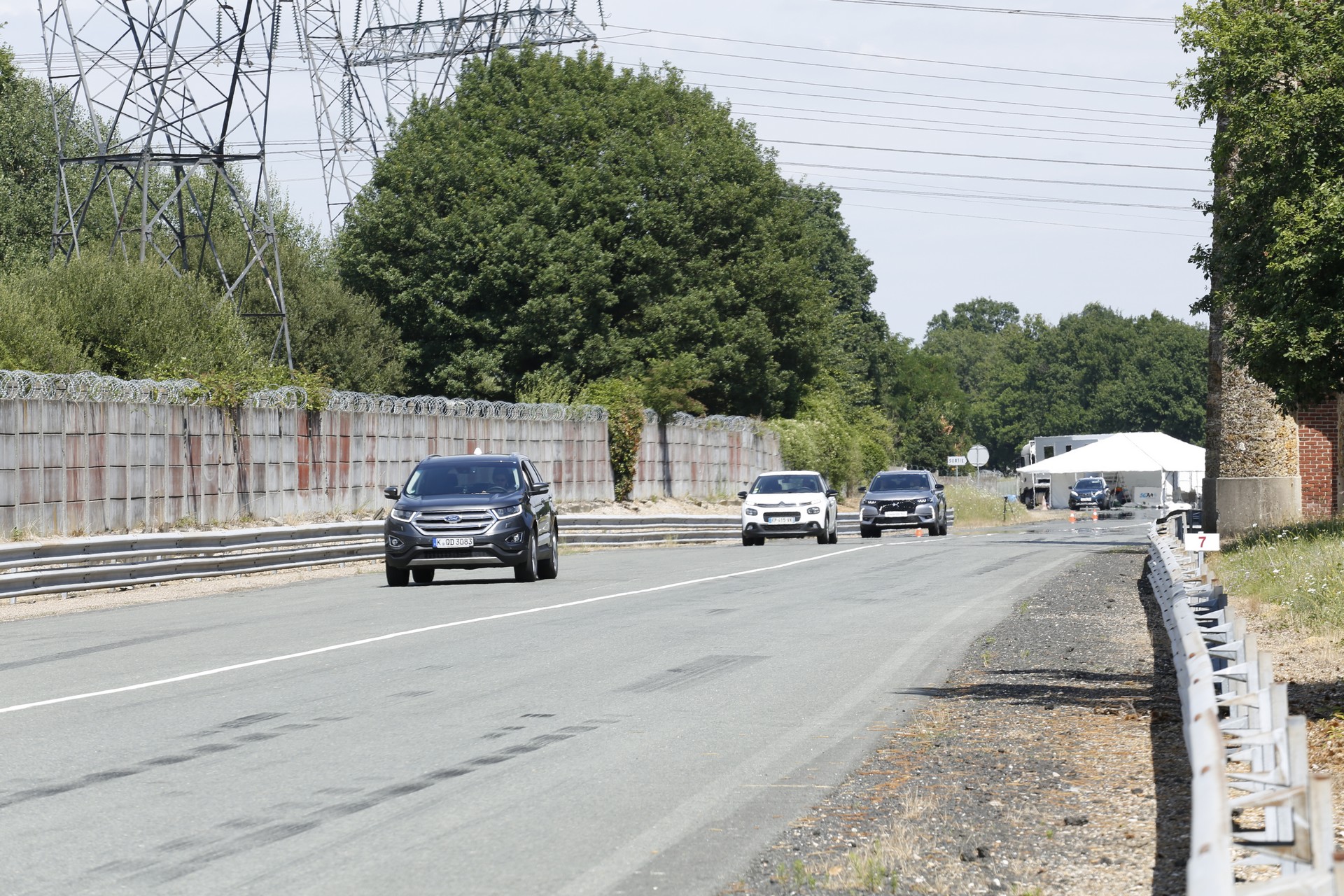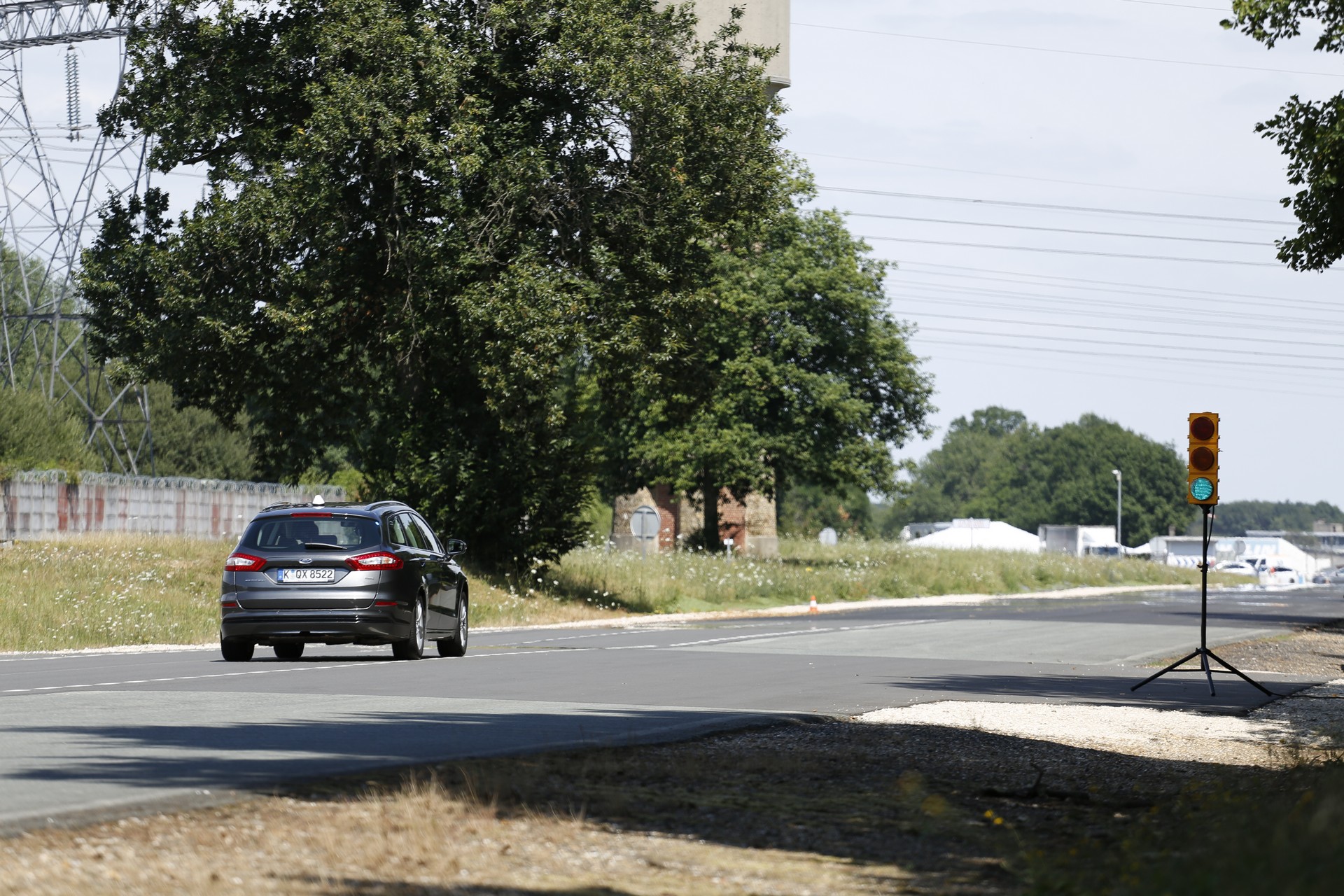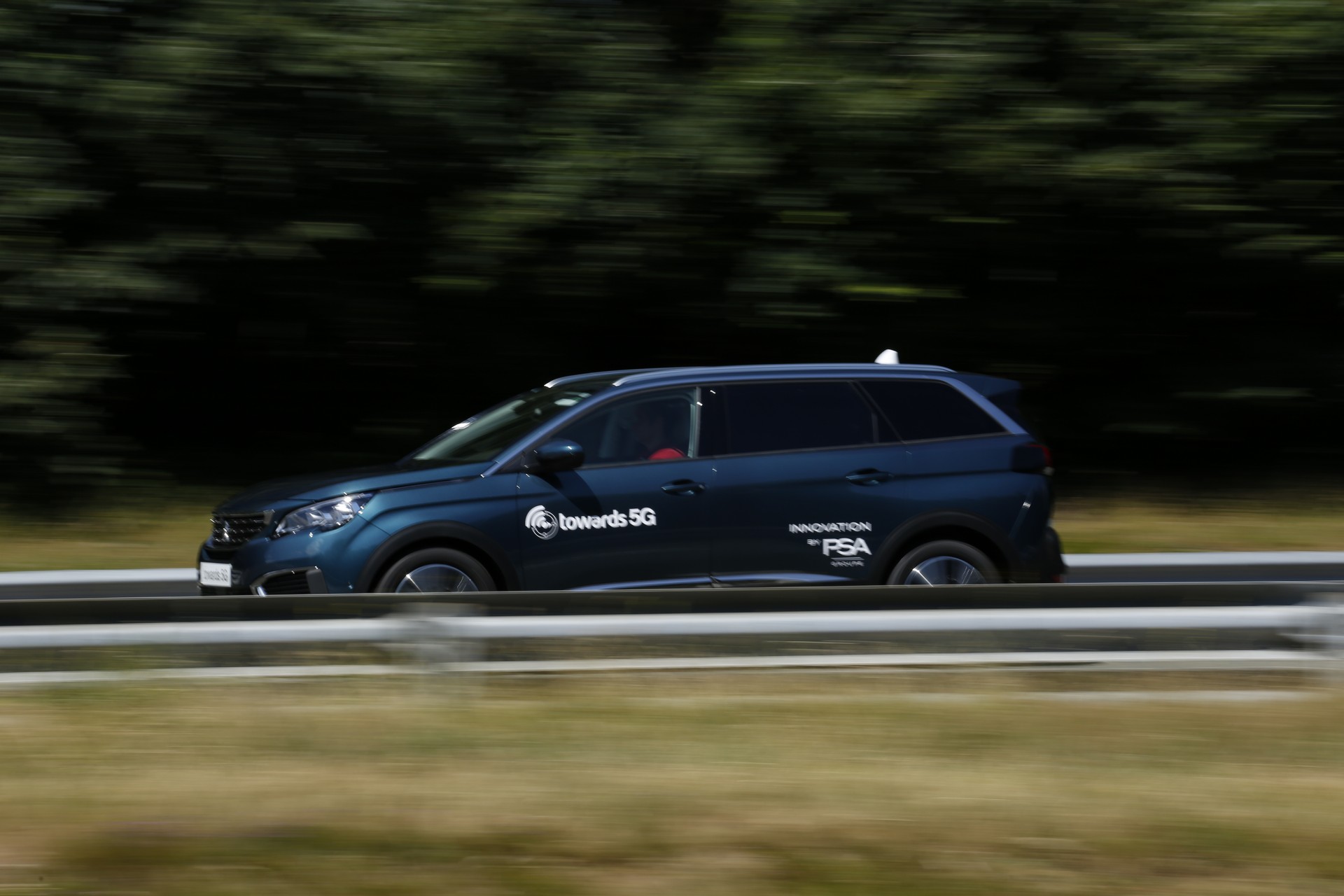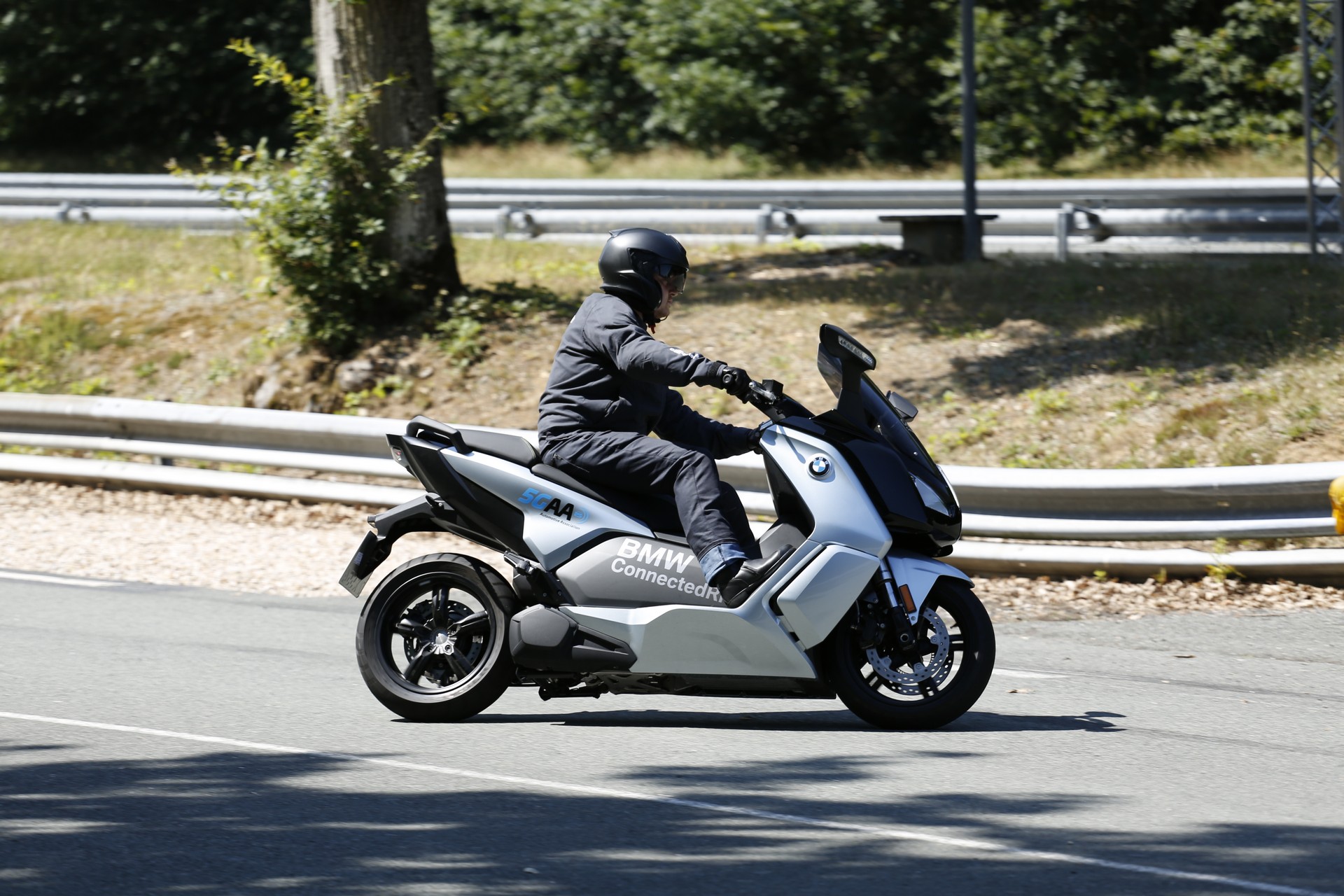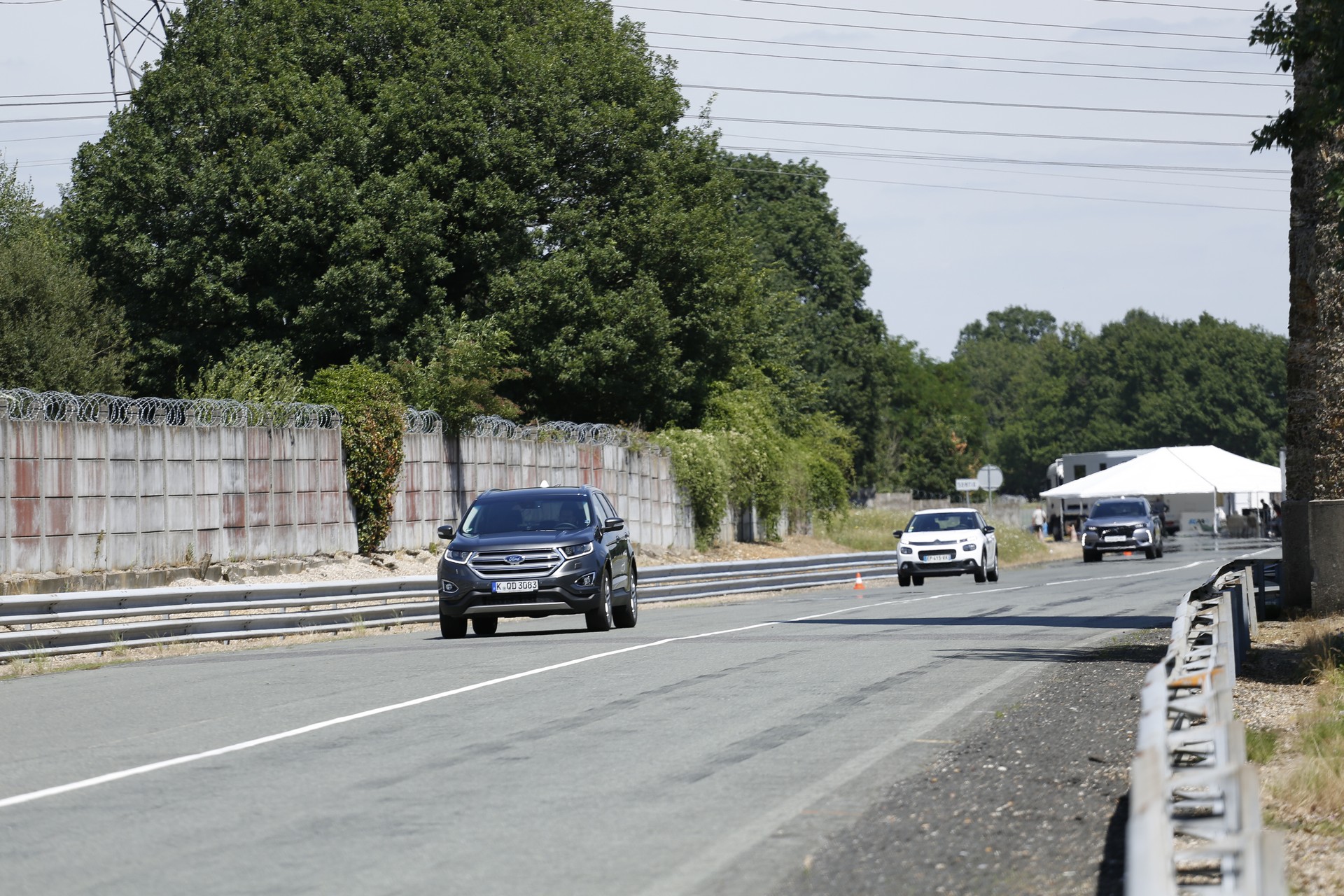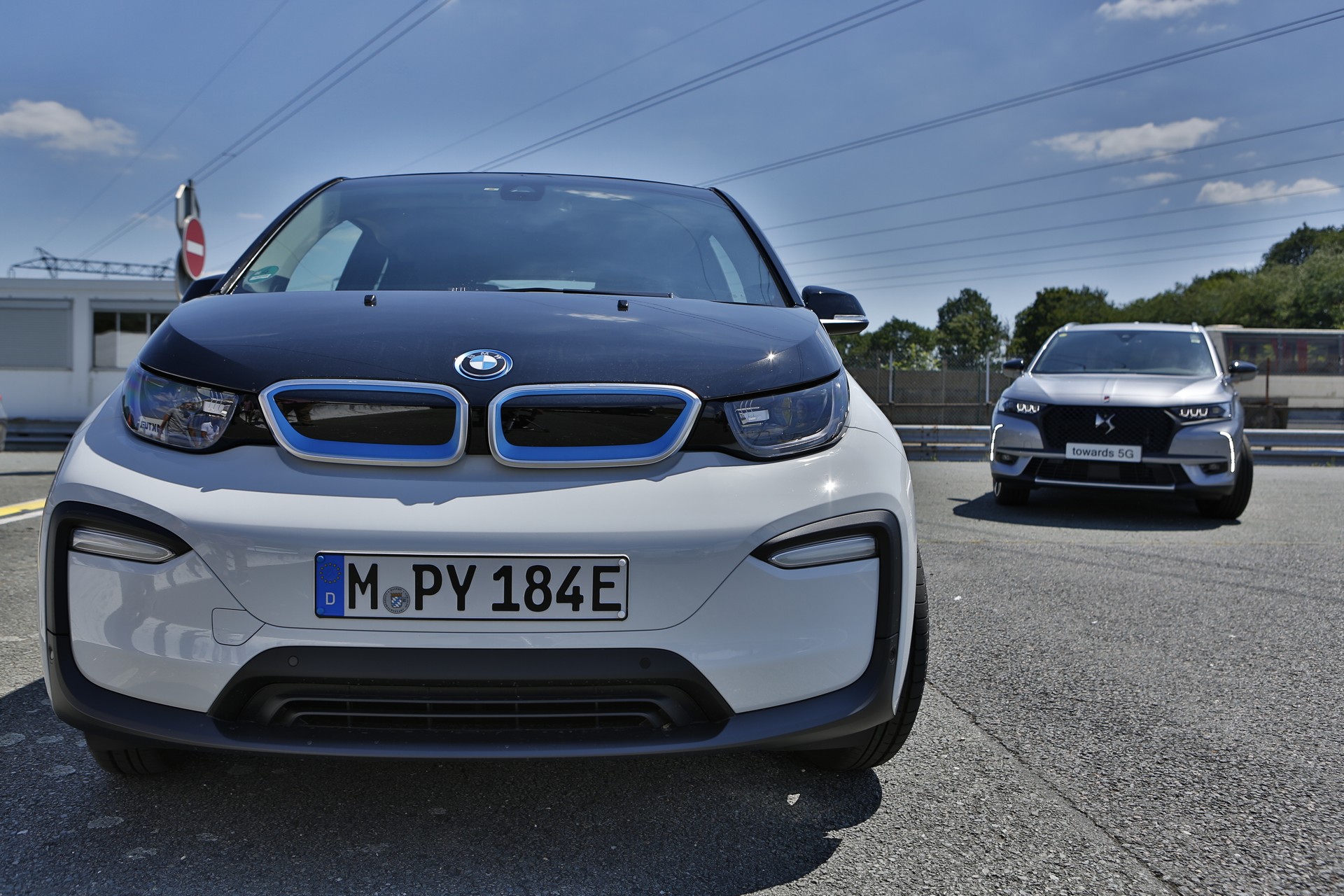Vehicle-to-Everything (V2X) communications technology has the potential to save countless lives and it’s inching closer to becoming mainstream as BMW, Ford and Groupe PSA have teamed up with the 5G Automotive Association to conduct Europe’s first live demonstration of C-V2X technology.
Essentially a high-tech combination of Vehicle-to-Vehicle (V2V) and Vehicle-to-Infrastructure (V2I) technology, the C-V2X system communicates with vehicles from different manufactures as well as smart infrastructure such as traffic lights. The technology operates over the ITS spectrum and has the ability to work without a cellular connection.
The demonstration used a number of different vehicles including the BMW i3, DS 7 Crossback, Peugeot 5008 and Ford Edge. The test wasn’t even limited to cars and crossovers as BMW also provided a handful of C evolution scooters. Each was equipped with Qualcomm’s 9150 C-V2X chipset and software from Savari.
Thanks to the additional equipment, the various vehicles can communicate with one another and provide warnings about potential collisions or hazardous conditions. This occurs even when the drivers can’t see the other vehicle. Among the different scenarios demonstrated were Emergency Electronic Brake Light, Intersection Collision Warning, Across Traffic Turn Collision Risk Warning, Slow Vehicle Warning, Stationary Vehicle Warning and Vulnerable Road User / Pedestrian Warning.
While many of the features focus on safety, that’s not the only benefit of the technology. V2X systems can communicate with stop lights and provide drivers with a countdown telling them how long until the light turns green. This has the potential to improve traffic flow as drivers can be prepared to accelerate even before the light changes color.
While C-V2X and V2X share a number of similarities, the former is integrated into a vehicle’s cellular modem which is also used by telematics and infotainment systems. The 5G Automotive Association says this common component approach means C-V2X systems are more cost-efficient than competing technologies and will benefit from “accelerated attach rates.”
While the demonstration was simply a test, the 5G Automotive Association says the technology could be ready for deployment as early as 2020.




